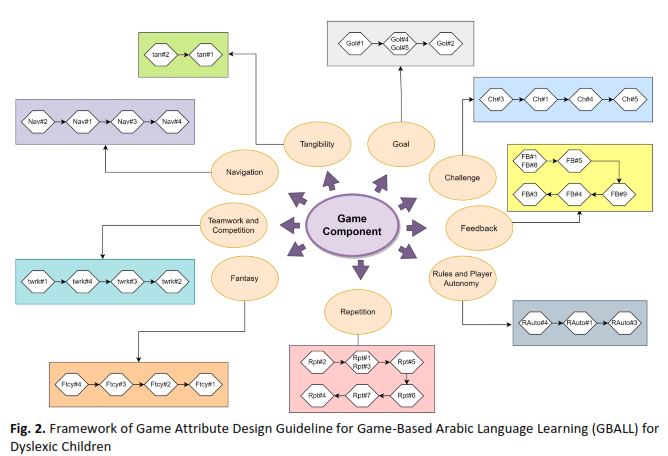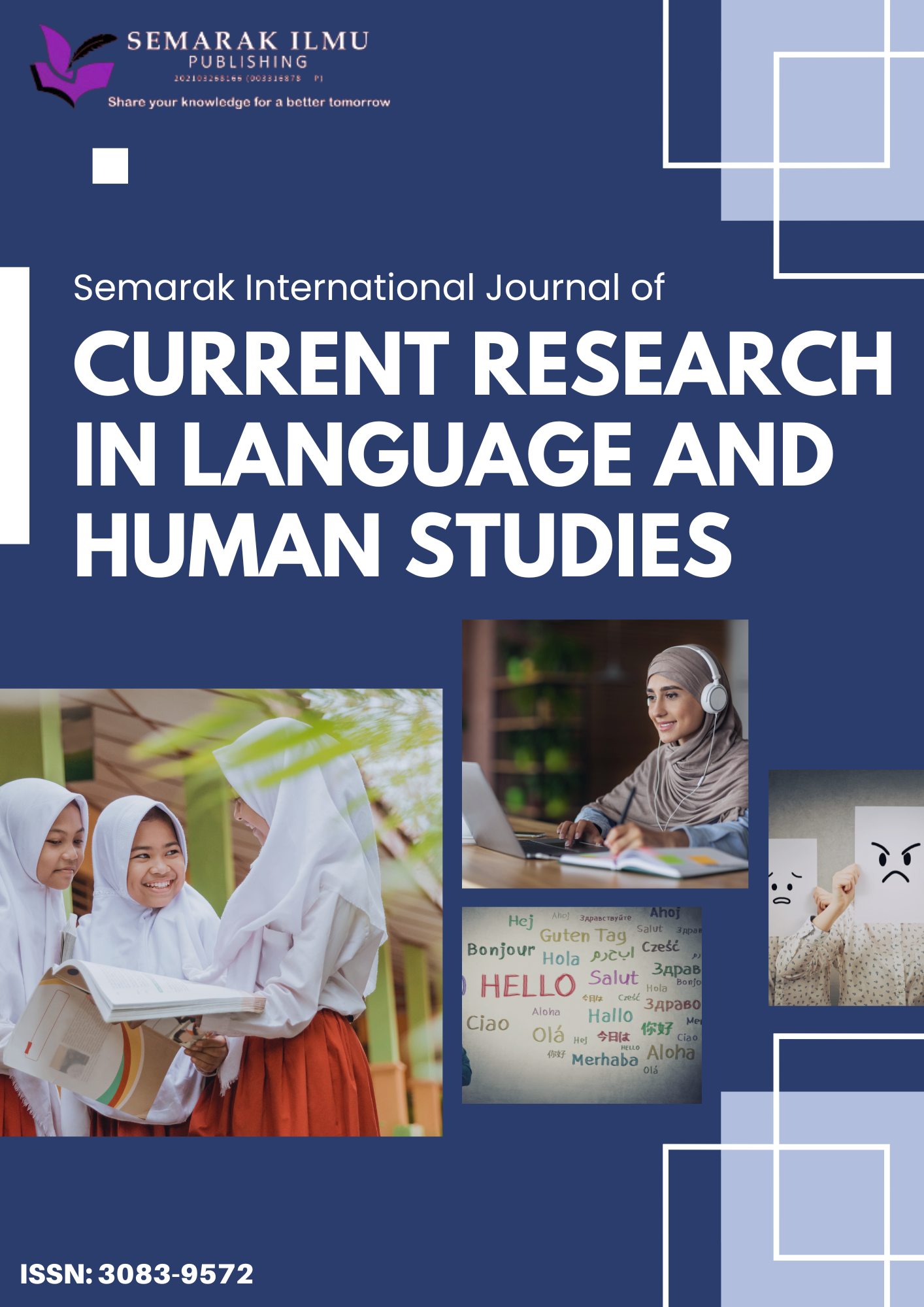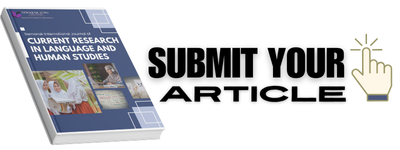Game Attribute Design Guideline for Game-Based Arabic Language Learning (GBALL) for Dyslexic Children
DOI:
https://doi.org/10.37934/sijcrlhs.1.1.118bKeywords:
Design elements, guidelines, game-based Arabic language learning for dyslexic children, game-based learning, dyslexia language learning, game attributeAbstract
Dyslexia is a learning disorder that affects reading, writing, and spelling abilities, making it challenging for children to learn a new language. Game-Based Arabic Language Learning (GBALL) has the potential to support dyslexic children's experience of Arabic language learning by providing engaging and immersive learning activities. However, to make GBALL effective, it is essential to design game attributes that equip the unique learning needs and challenges of dyslexic children. This paper proposes a set of design guidelines for game attributes that can enhance the effectiveness and enjoyment of GBALL for dyslexic children. The list of guidelines and recommendations was obtained using a combination of Systematic Literature Reviews (SLR) and the Fuzzy Delphi Method (FDM). Firstly, this study reviews the related literature on dyslexia and game-based learning to identify the key effective game attributes for dyslexic learners. At this stage, eleven design guidelines for GBALL game attributes include goal, challenge, feedback, rule, player autonomy, repetition, genre, fantasy, teamwork, navigation, and tangibility. Subsequently, it examines the proposed guidelines by thirteen selected experts, including three experts in Arabic language learning, three dyslexia teachers, two psychologists, and five multimedia for dyslexia experts. Other than that, the FDM is employed to establish an expert agreement on the guideline. A total of forty-four guidelines were identified and categorized into three main categories as proposed in the guidelines. The output of this study proposes a set of design guidelines for game attributes, enhancing the effectiveness and enjoyment of GBALL for dyslexic children. Correspondingly, these are analyzed through a literature review and confirmed by the experts.









